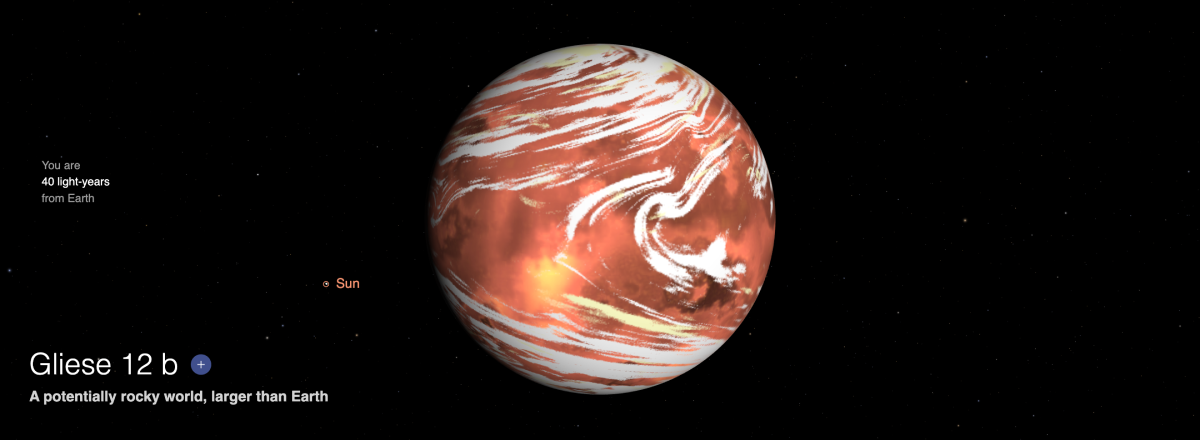Scientists Discover Earth-Sized Planet in Habitable Zone, Raising Hopes for Extraterrestrial Life
The amount of starlight it receives falls between the levels Earth and Venus experience, making it a prime candidate for further study on the factors that determine planetary habitability.

An international team of scientists has identified Gliese 12 b, an Earth-sized exoplanet located just 40 light-years away. This discovery brings new excitement to the search for extraterrestrial life, as Gliese 12 b lies within the "habitable zone" of its parent star, where conditions may allow liquid water to exist—an essential ingredient for life.
Gliese 12 b orbits a red dwarf star named Gliese 12, which is smaller and cooler than our Sun. Red dwarfs are ideal candidates for studying planets potentially capable of supporting life. Unlike many other red dwarfs, Gliese 12 is unusually inactive, meaning its planets face fewer harmful conditions from stellar flares.
What makes Gliese 12 b particularly intriguing is its size—roughly equivalent to Earth—and its position near the inner edge of its star’s habitable zone. This suggests that the planet could have a surface environment similar to our own, although further observations are needed to confirm this. The amount of starlight it receives falls between the levels Earth and Venus experience, making it a prime candidate for further study on the factors that determine planetary habitability.
The proximity of Gliese 12 b offers an exciting opportunity for scientists to investigate its atmospheric composition using techniques like atmospheric transmission spectroscopy. By analyzing the starlight passing through its atmosphere, researchers hope to detect signs of oxygen, water, methane, and other gases that could indicate biological processes.

